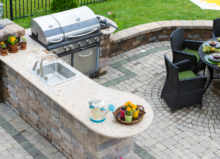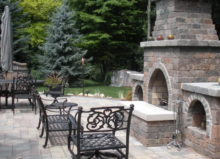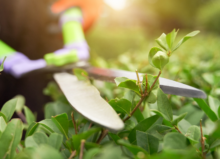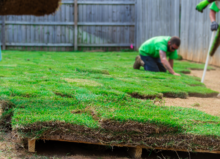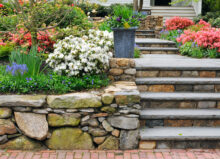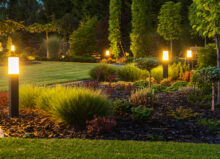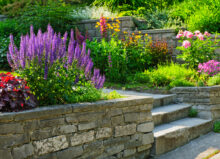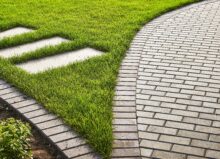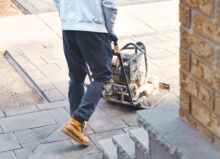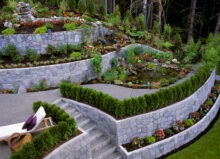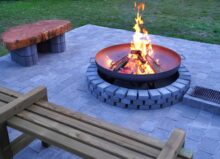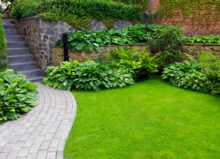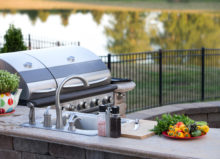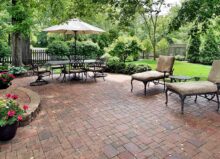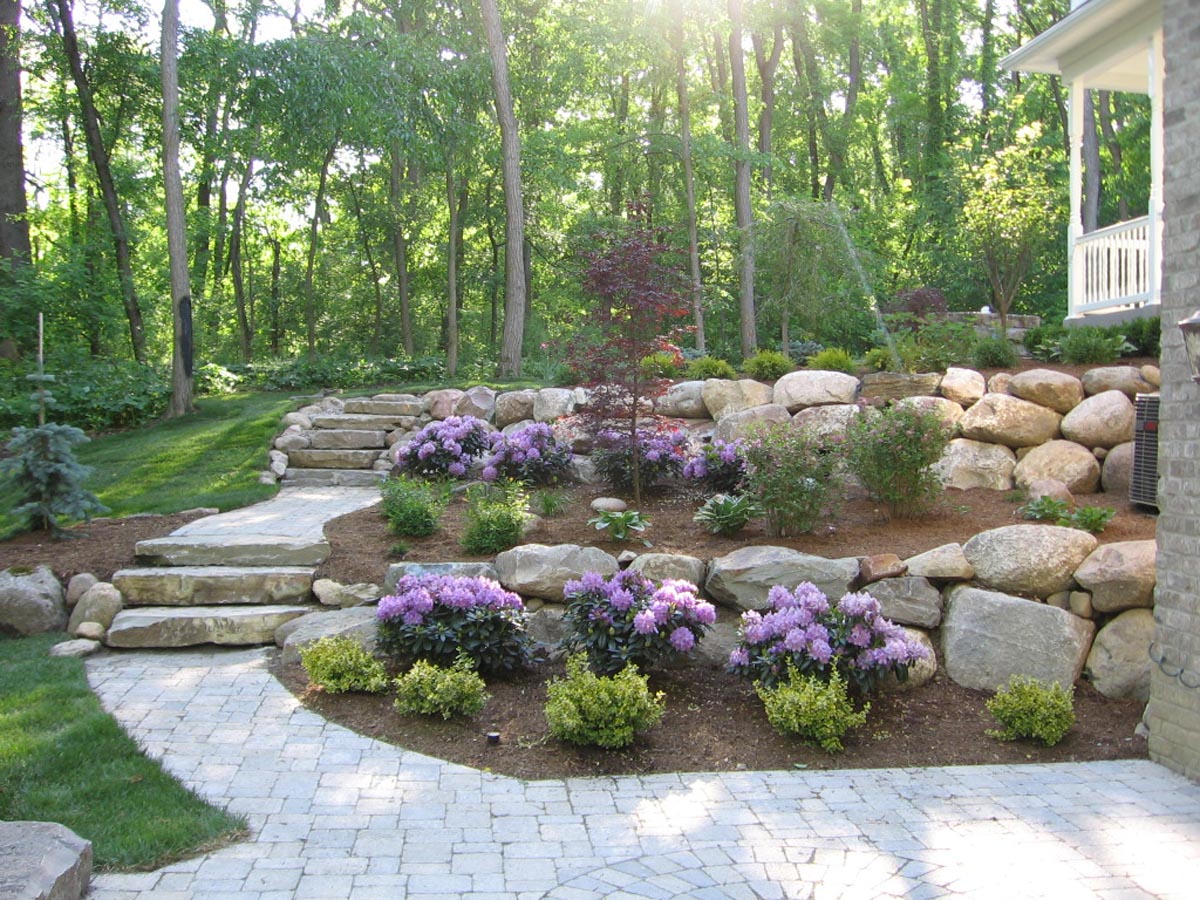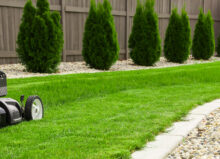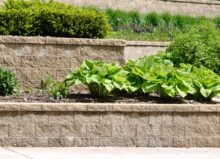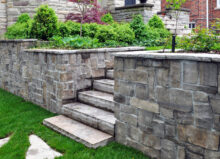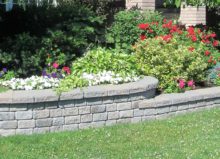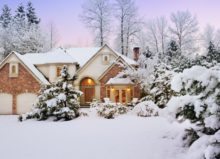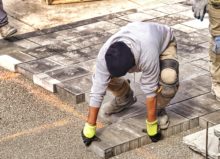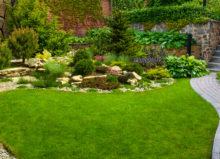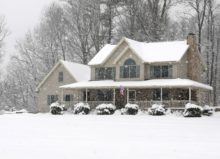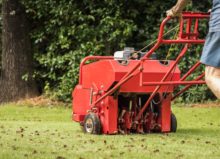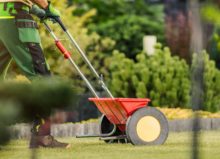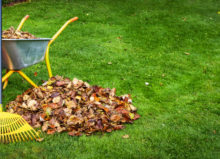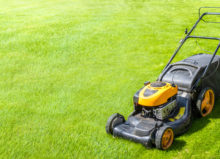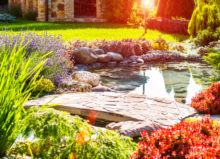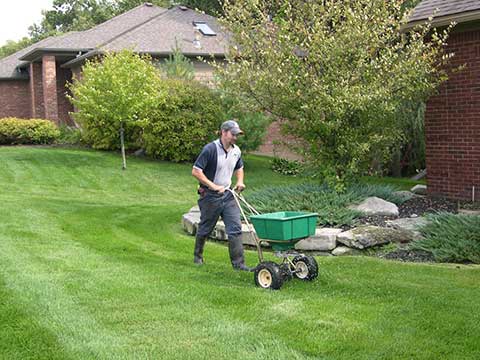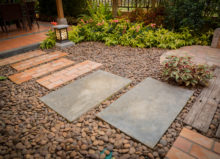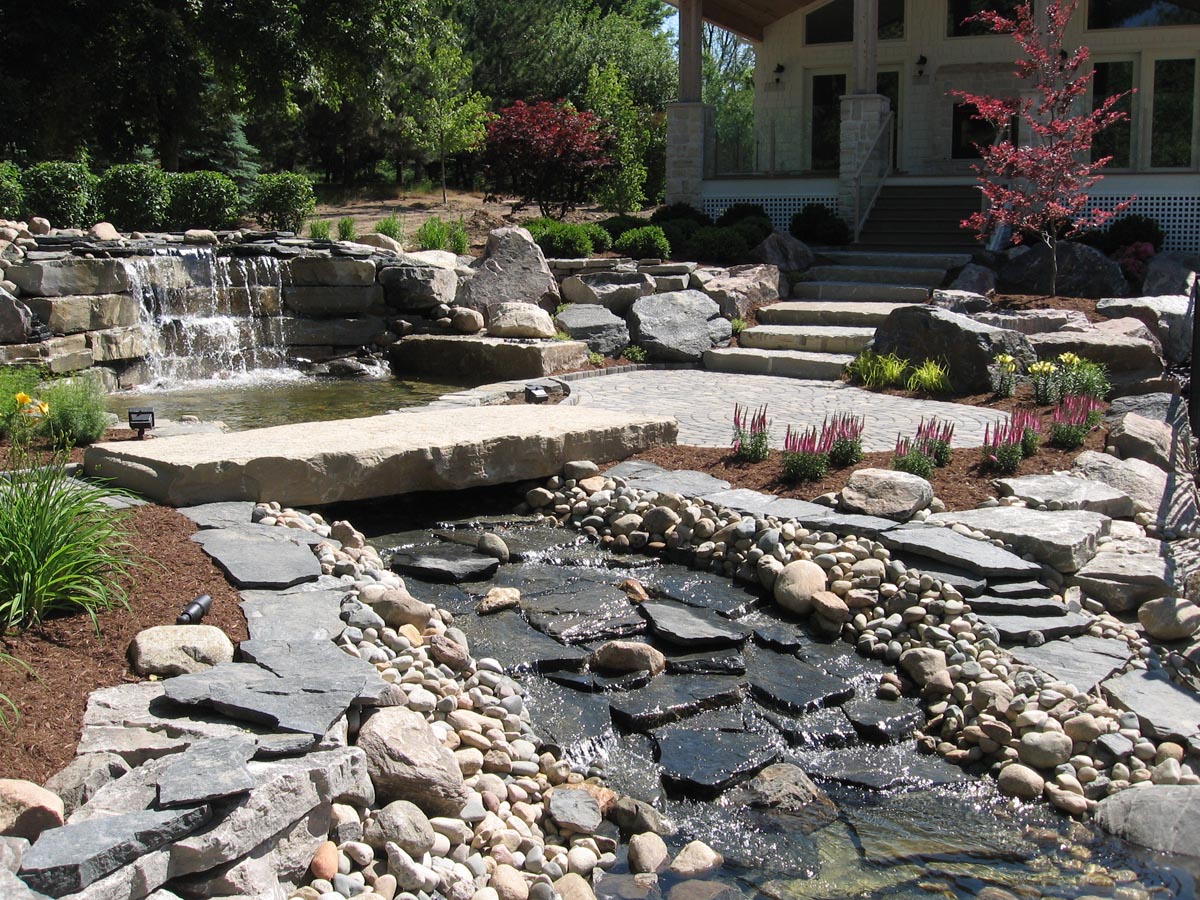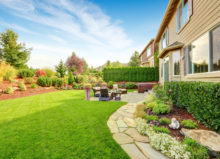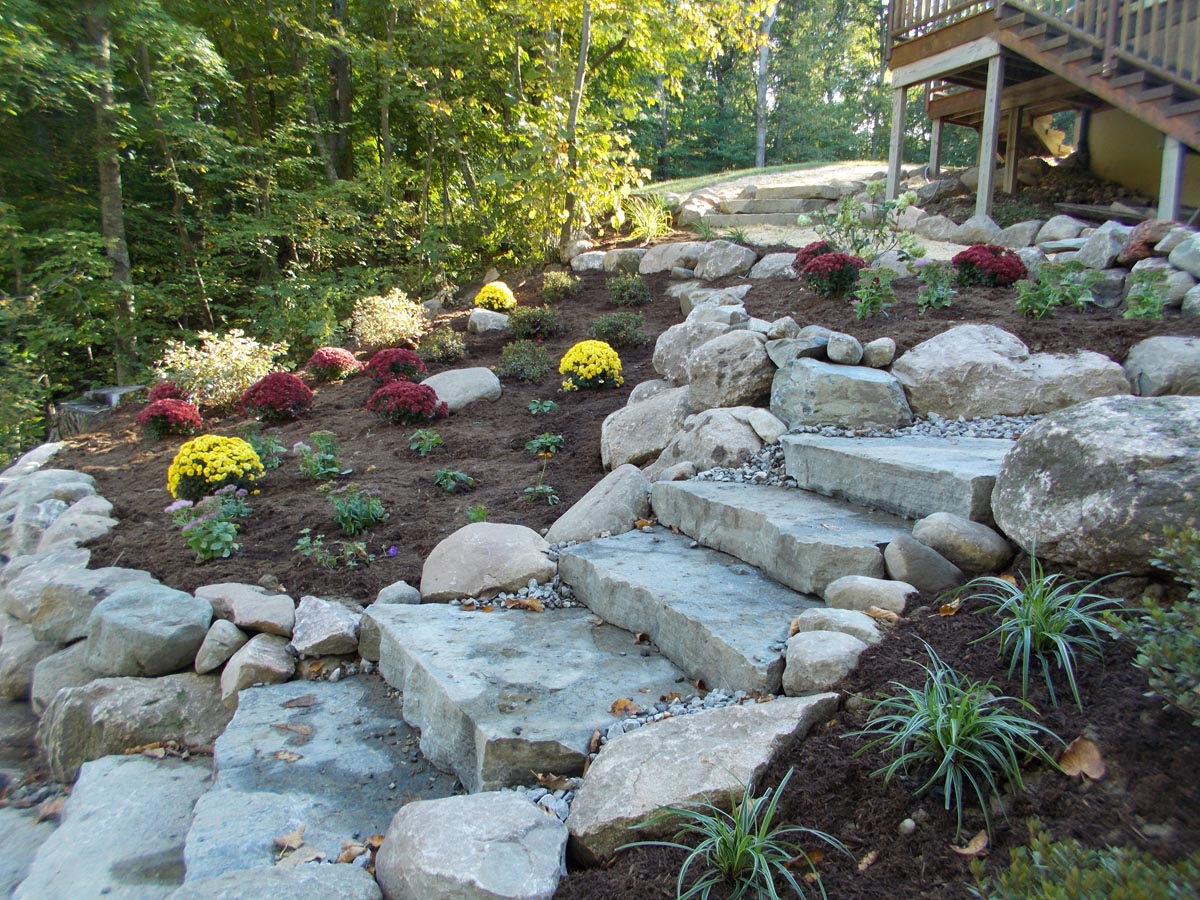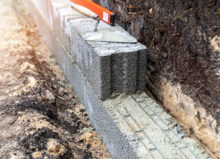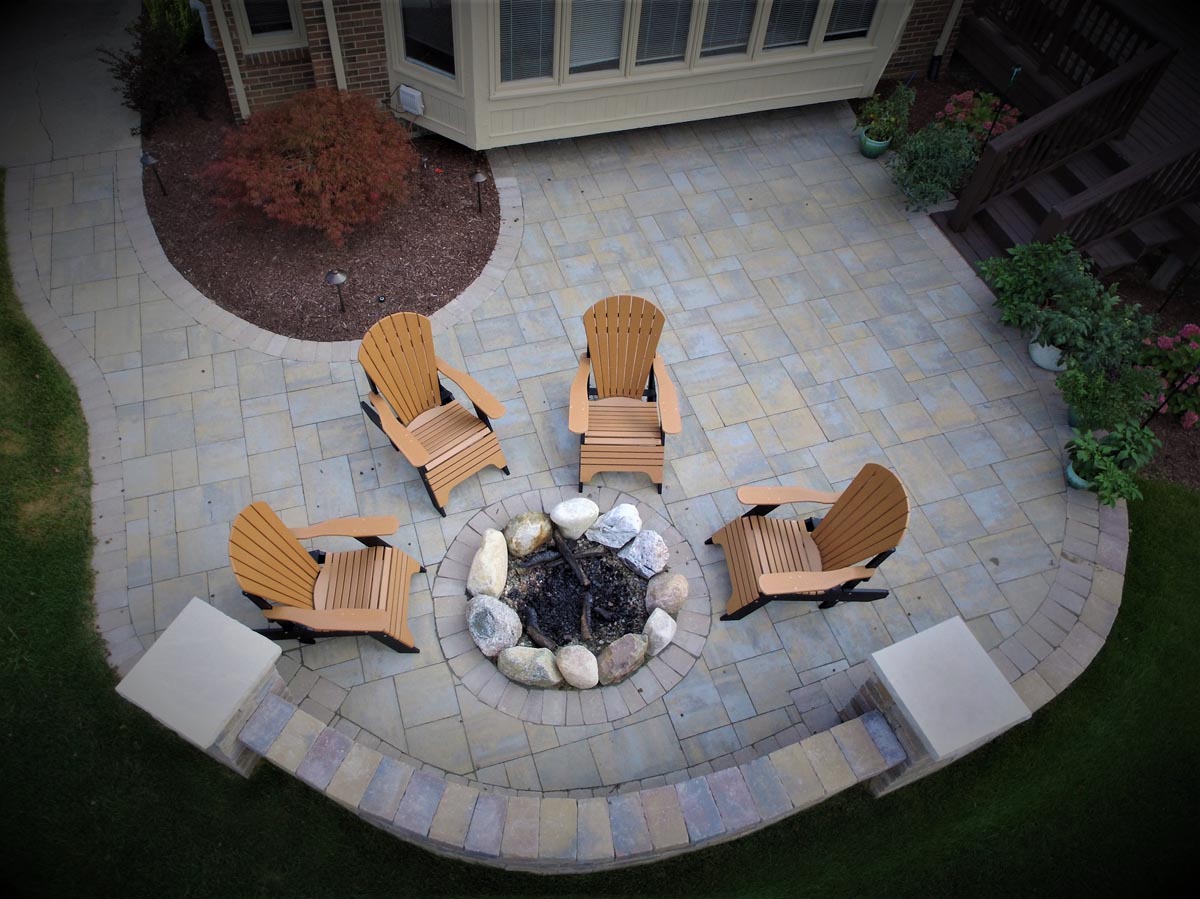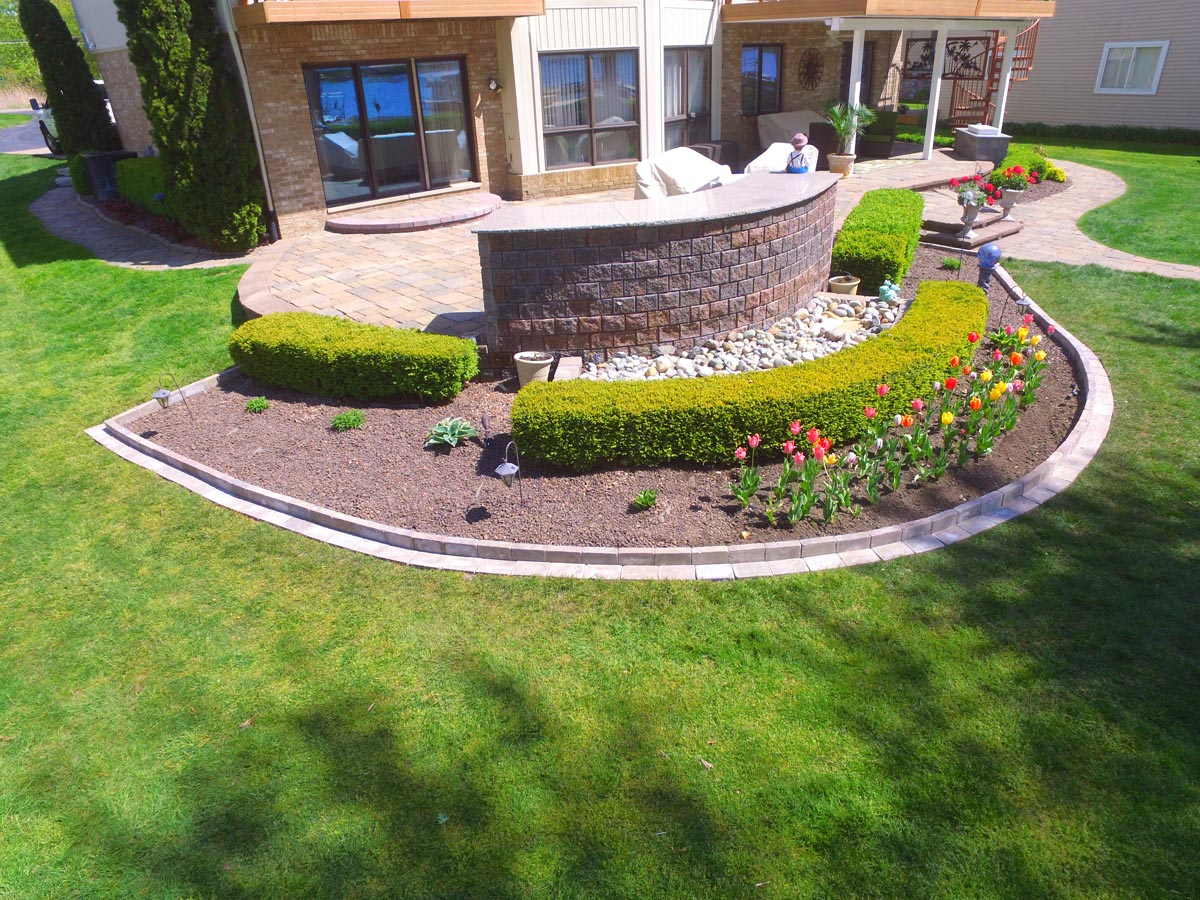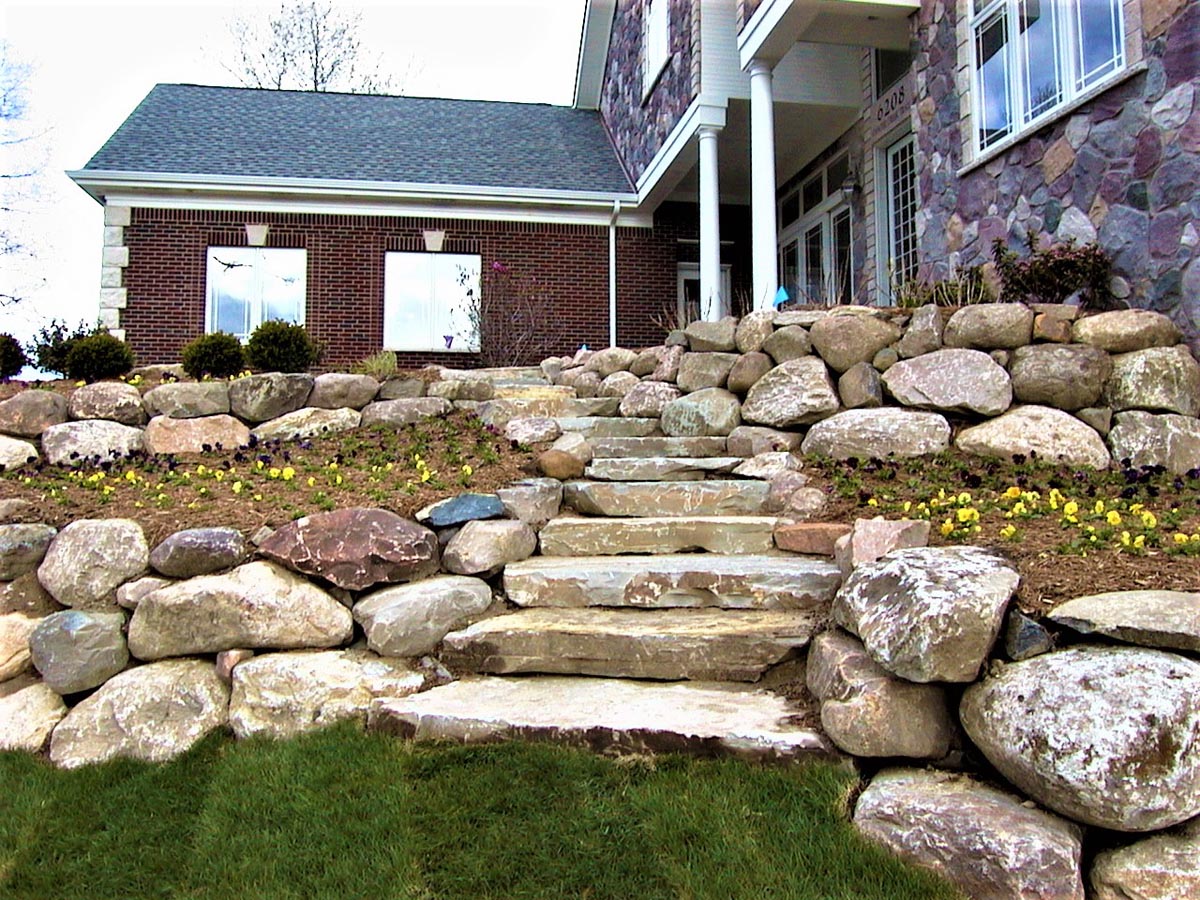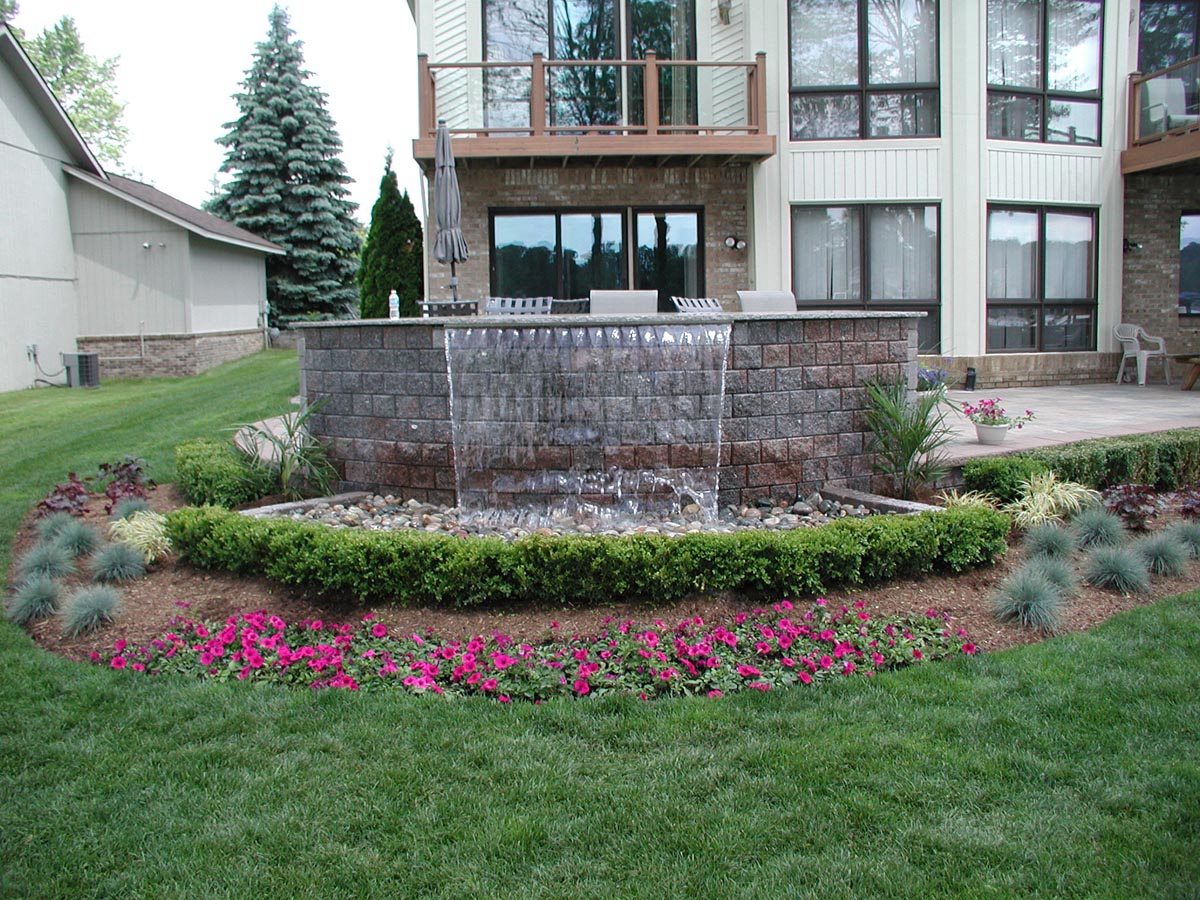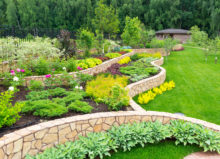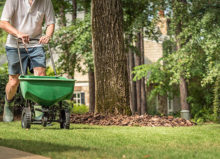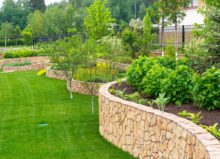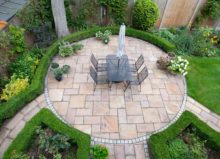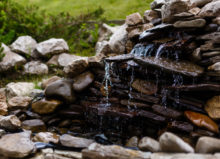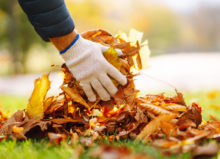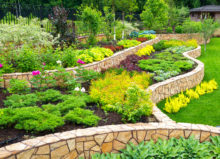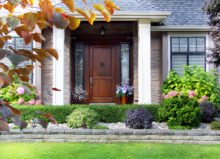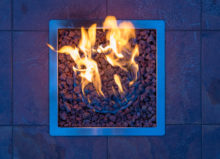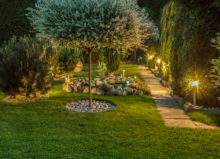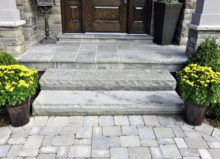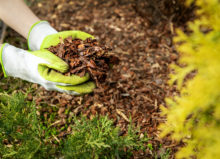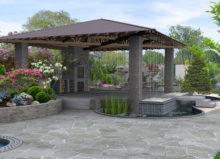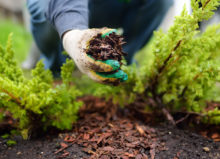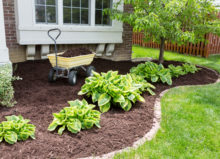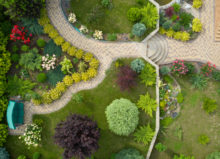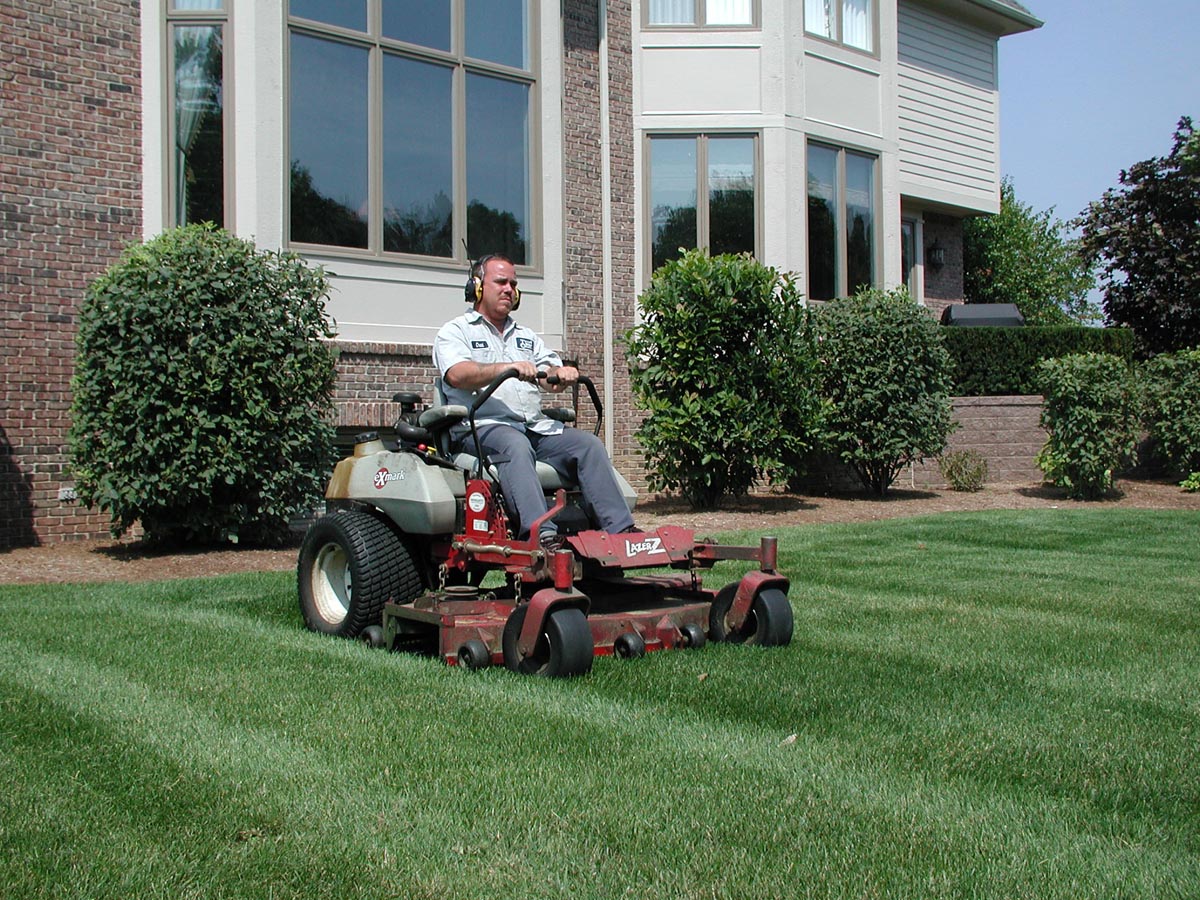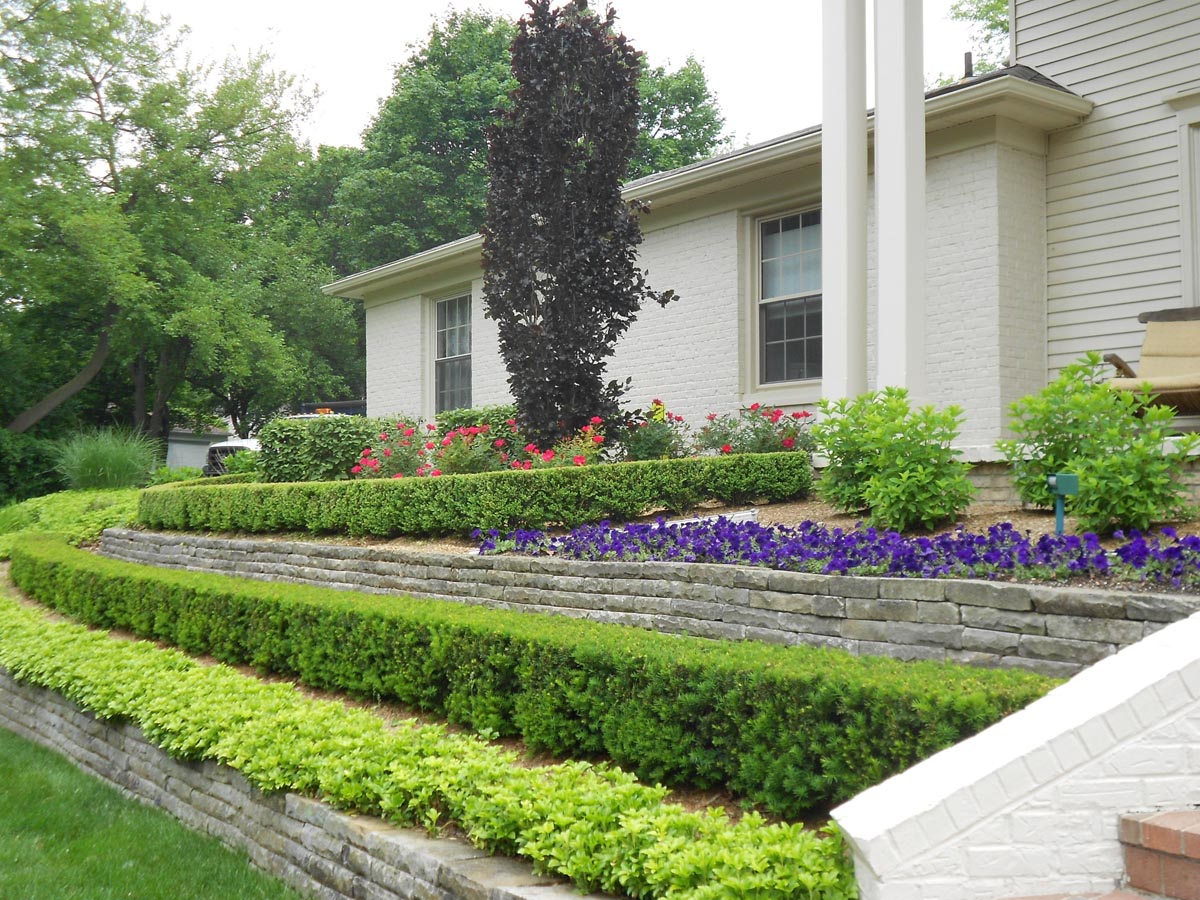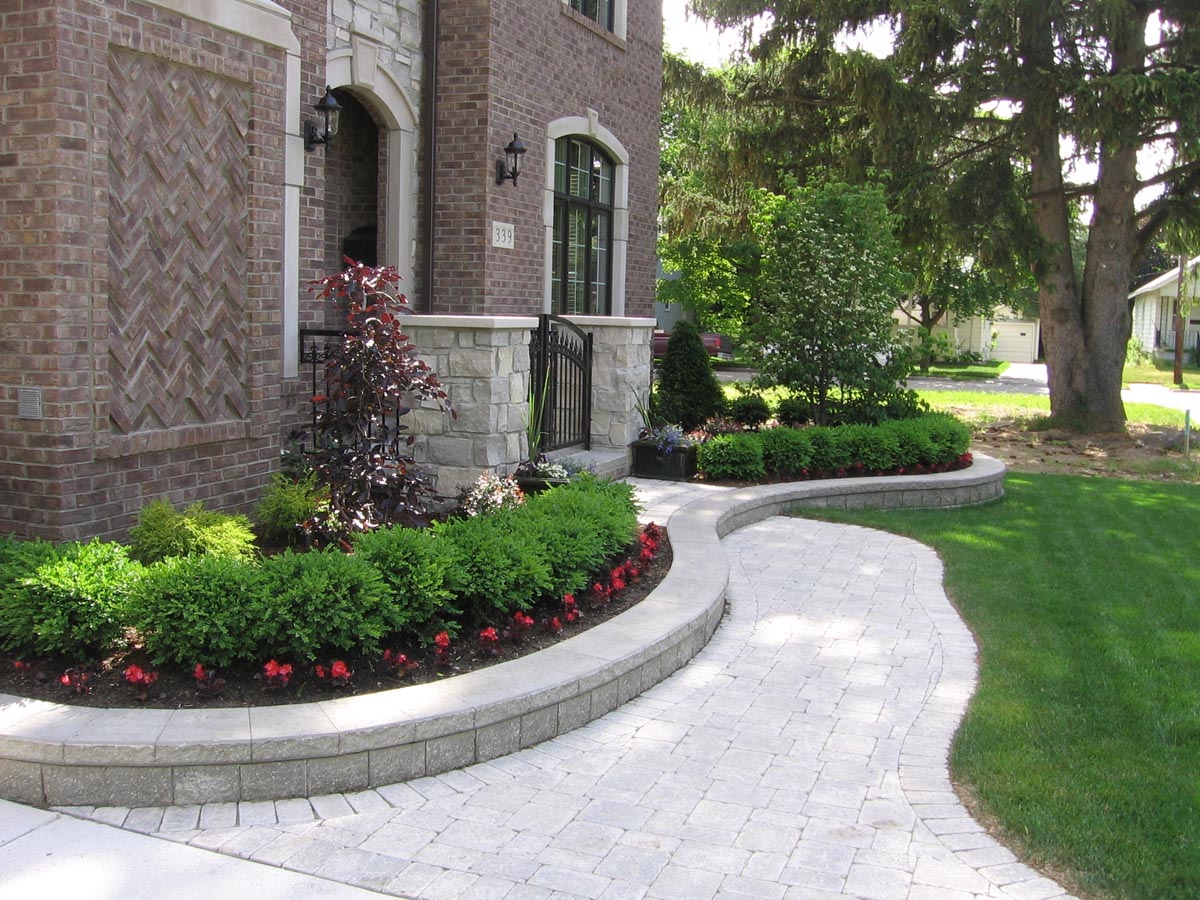How To Tell When Your Retaining Wall Needs To Be Replaced
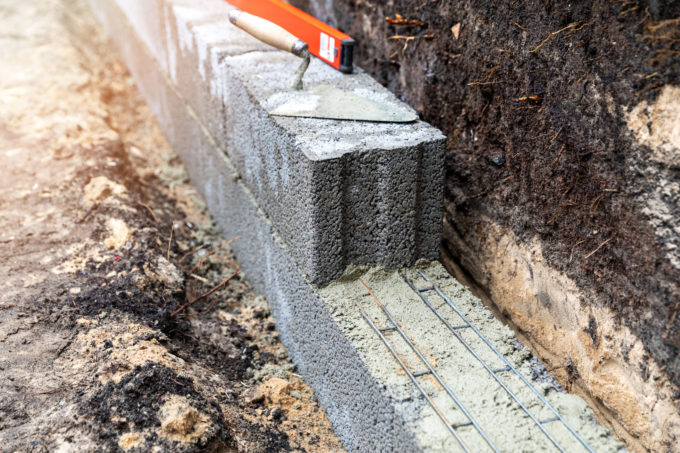
Retaining walls are some of the best multi-purpose features you can install in your yard. They offer practical benefits, such as maintaining the structural integrity of collapsing or eroding sections of earth and acting as dividers between different parts of your lawn or garden. Despite their sturdy construction, however, retaining walls often develop sustainability issues that eventually warrant repair or total replacement.
Material Failure
Most retaining walls are made of some combination of concrete, wood, or stone. Though structurally sound, these materials often wear down over time, especially in exceptionally wet or humid climates. Although wood retaining walls are visually striking, wood is particularly vulnerable to material failure.
The best way to prevent your materials from breaking down is to have your wall built out of concrete or stone, as these materials are less likely to be impacted by environmental factors. If you’re set on using wood, however, consider a more durable type, such as fir, pine, or cedar, and make sure all wood materials have been pressure treated before use.
Root Damage
Tree roots spread out underground, often breaking through the surface of the ground once they’ve reached a certain size. This becomes problematic when roots expand beneath your retaining wall, pushing the wall’s materials upward or outward and often causing cracks that must be repaired for the wall to maintain functionality.
As with material failure, the best solution to root damage is prevention. If possible, avoid putting a retaining wall near trees, shrubs, or large plants. If you cannot change the placement of your wall, relocate nearby plants, and replace the wall’s materials if they are cracked, crumbling, or otherwise damaged.
Poor Drainage
Excessive moisture often causes retaining walls to develop complications related to poor drainage. If your wall appears to be bowed or leaning, it is no longer able to withstand the amount of pressure being exerted upon it. Often, this is due to a buildup of water. Visible leaks also signify that water is accumulating on one side of your wall and will cause structural damage if not addressed in a timely manner.
The easiest fix for poor drainage is to have a drainage system installed that reroutes any water exerting force upon the wall. Since a drainage system is not always a practical fix, however, you can also backfill your wall by replacing some of its soil with a material such as pea gravel, which drains more easily than soil and prevents water buildup.
Structural Issues
Structural issues arise from poor construction or the use of subpar materials. A sturdy retaining wall should have a firm foundation with a stable footing and any necessary structural reinforcements. When builders neglect to ensure its structural integrity, a retaining wall may crack, crumble, or even collapse.
Often, retaining walls are built by amateur builders who have no knowledge of landscaping or exterior architecture. This lack of specialized knowledge means many builders aren’t sure which reinforcements are needed to secure a well-built wall. If you’re experiencing structural issues, consider consulting with one of our professional landscape designers who is familiar with the local terrain and can help you customize your wall to ensure optimal structural integrity.
Conclusion
To ensure a long-lasting retaining wall, it’s critical to use durable, weather-treated materials to help keep your wall from developing destructive issues over time. Arrange a consultation with a Design One landscaping professional to talk you through the design. We’re happy to build, complete, repair, or replace your retaining wall for you, so you can focus on creating the lawn of your dreams.


